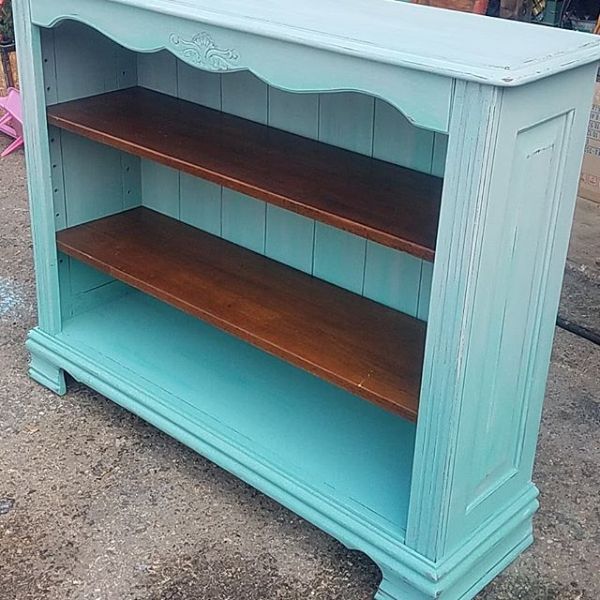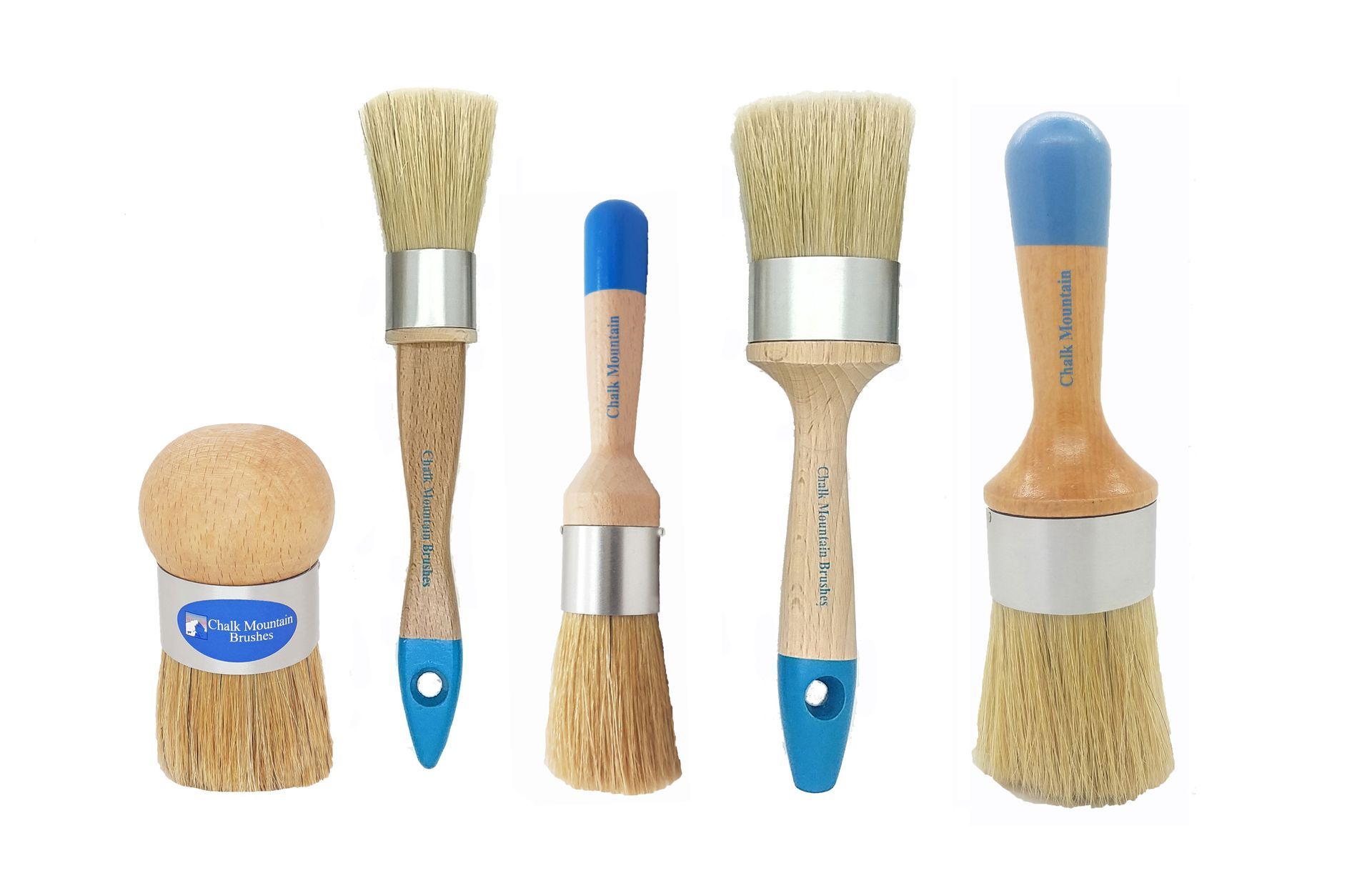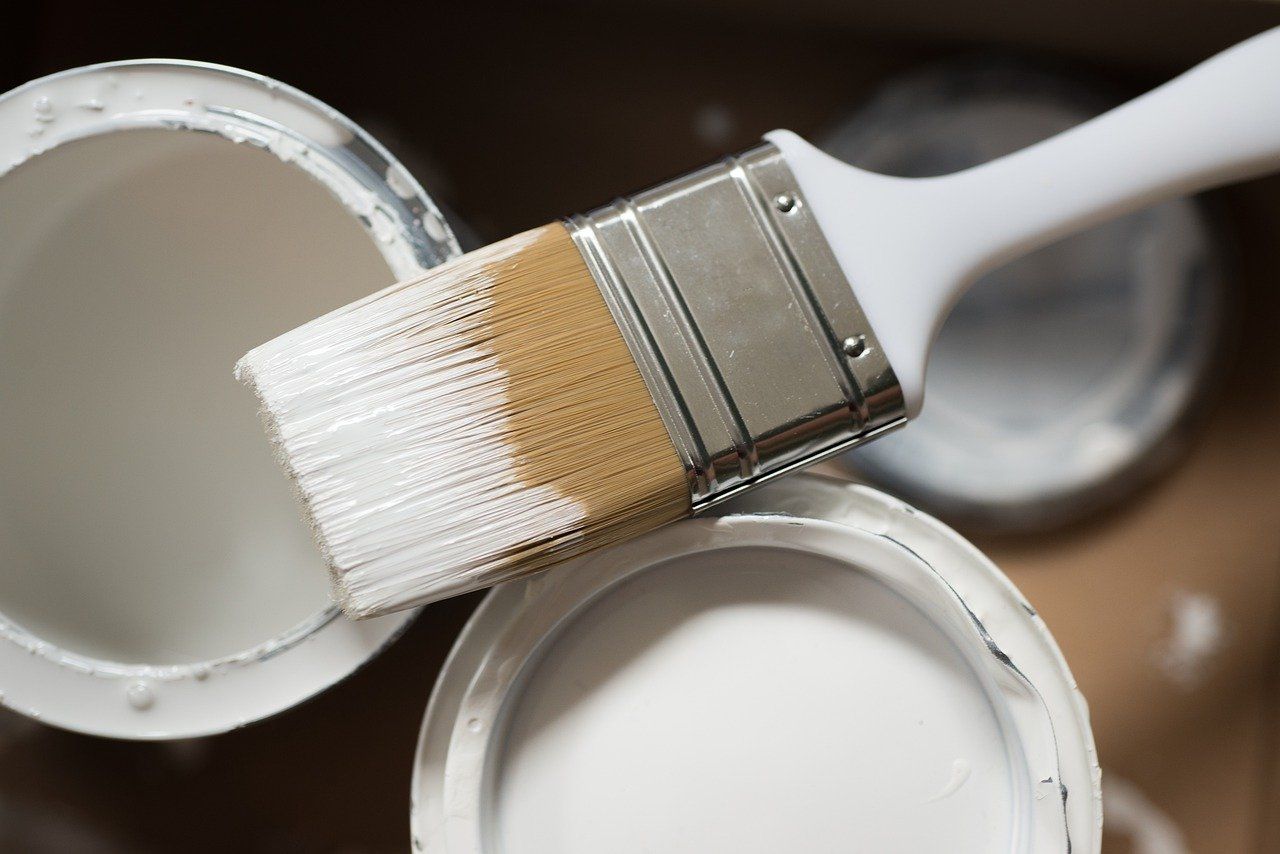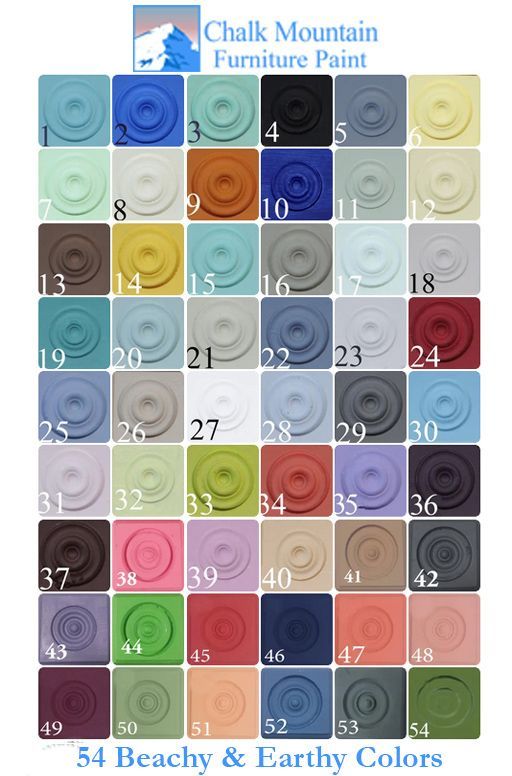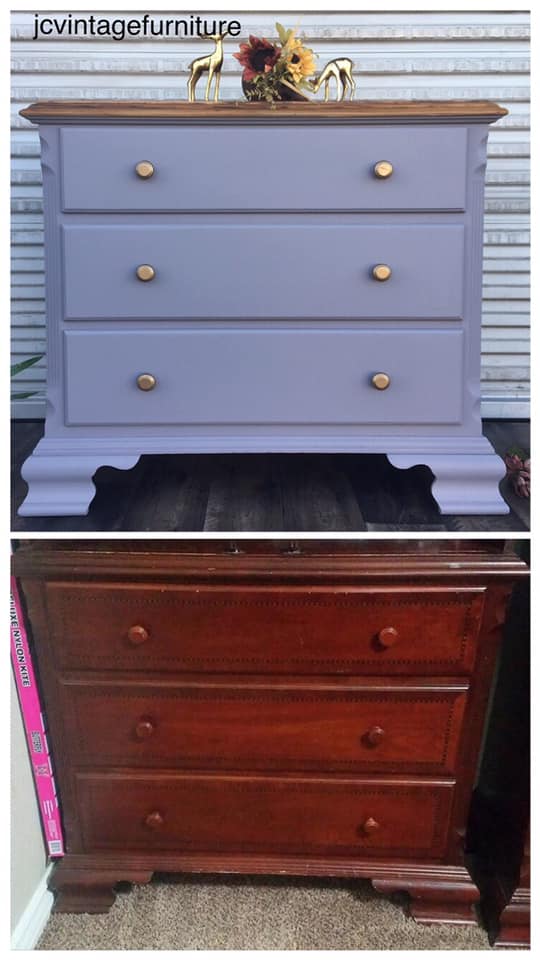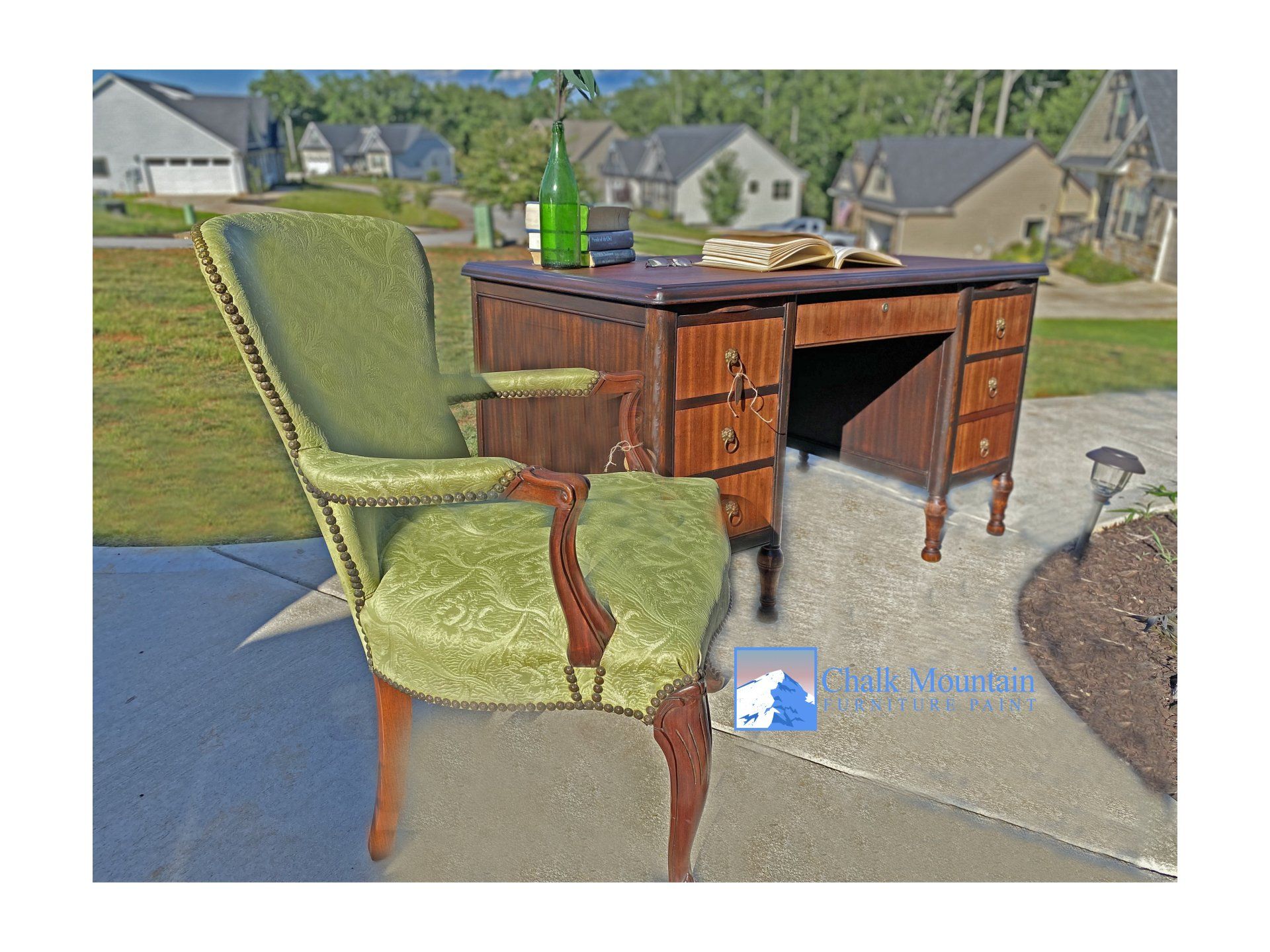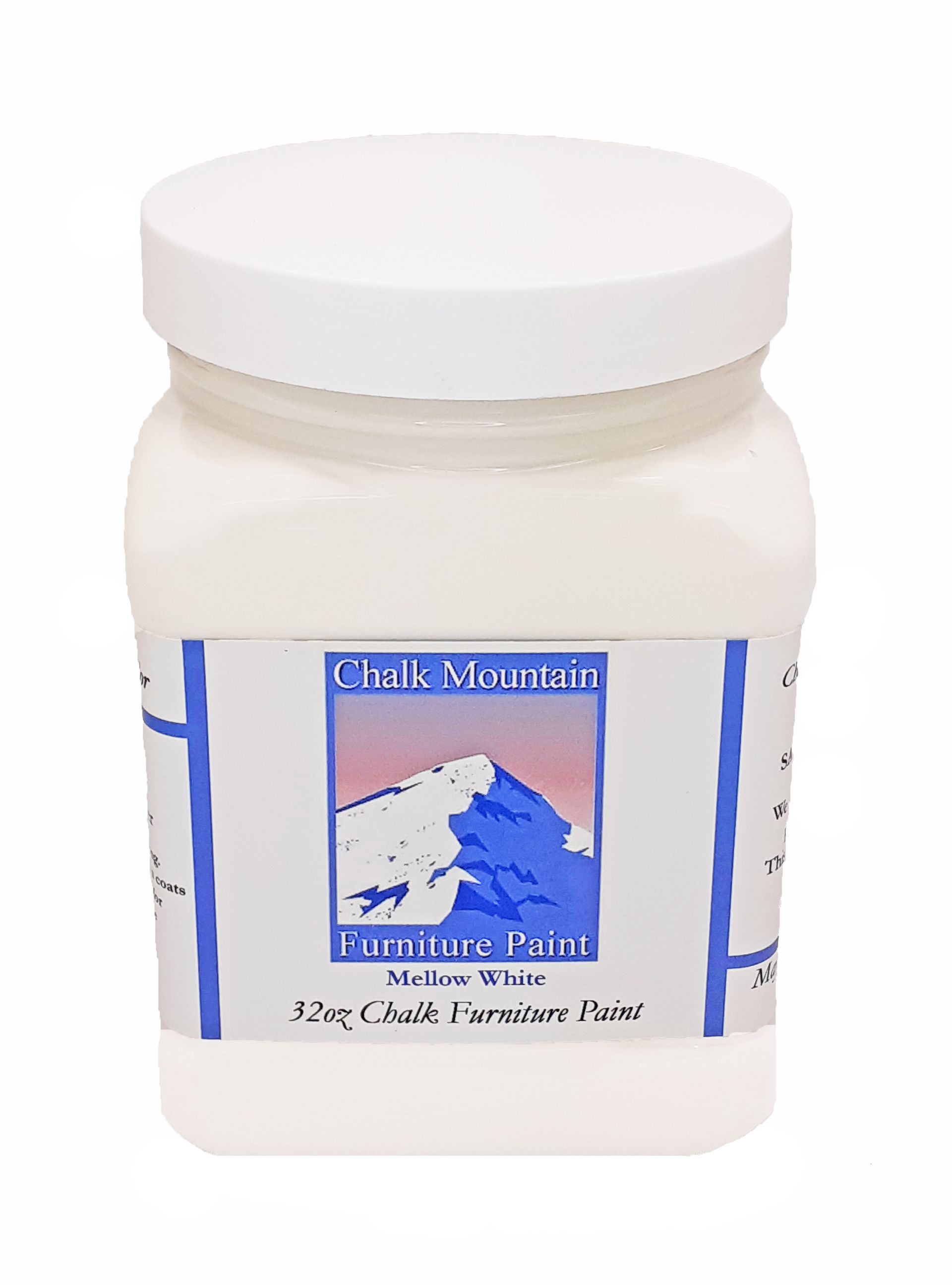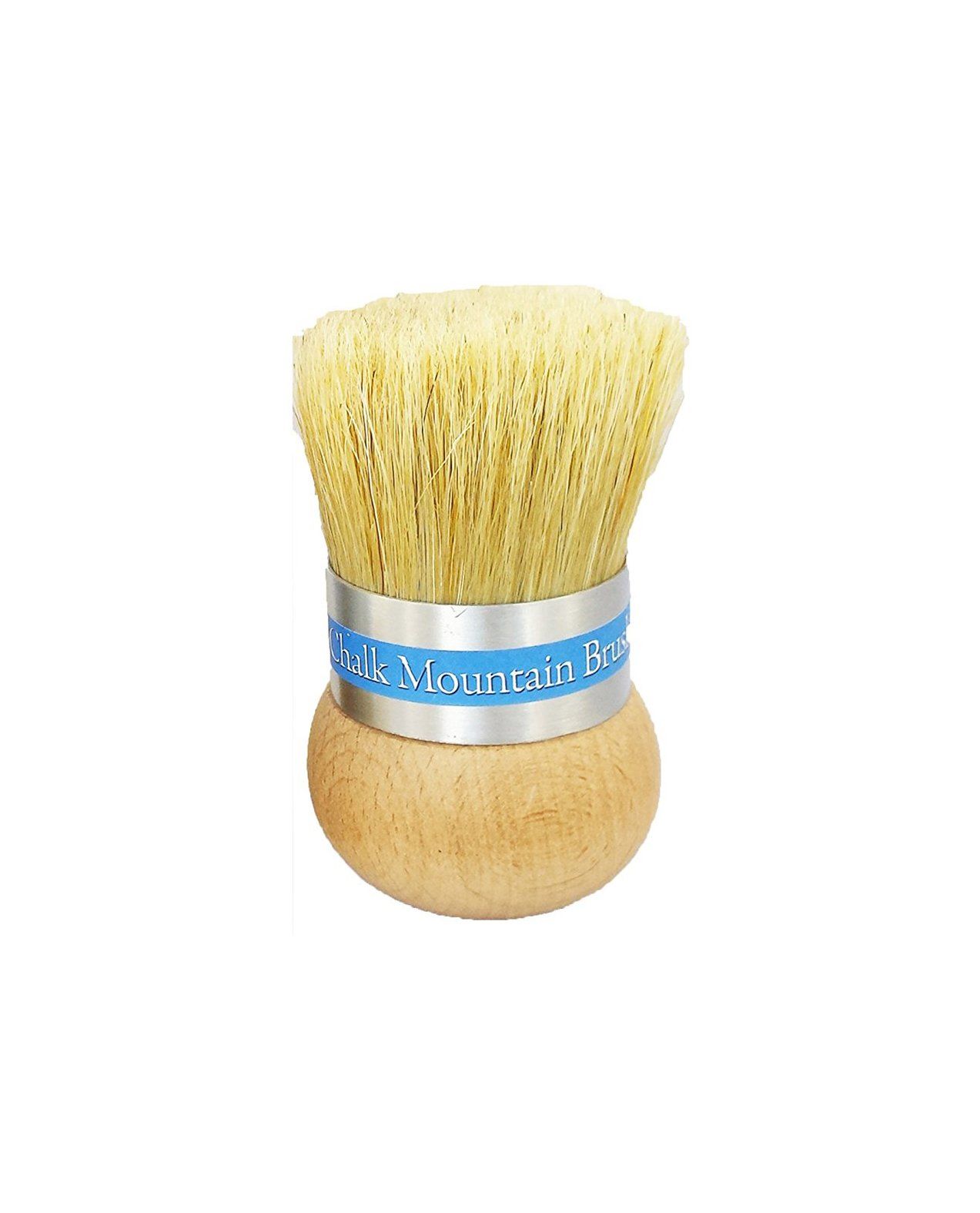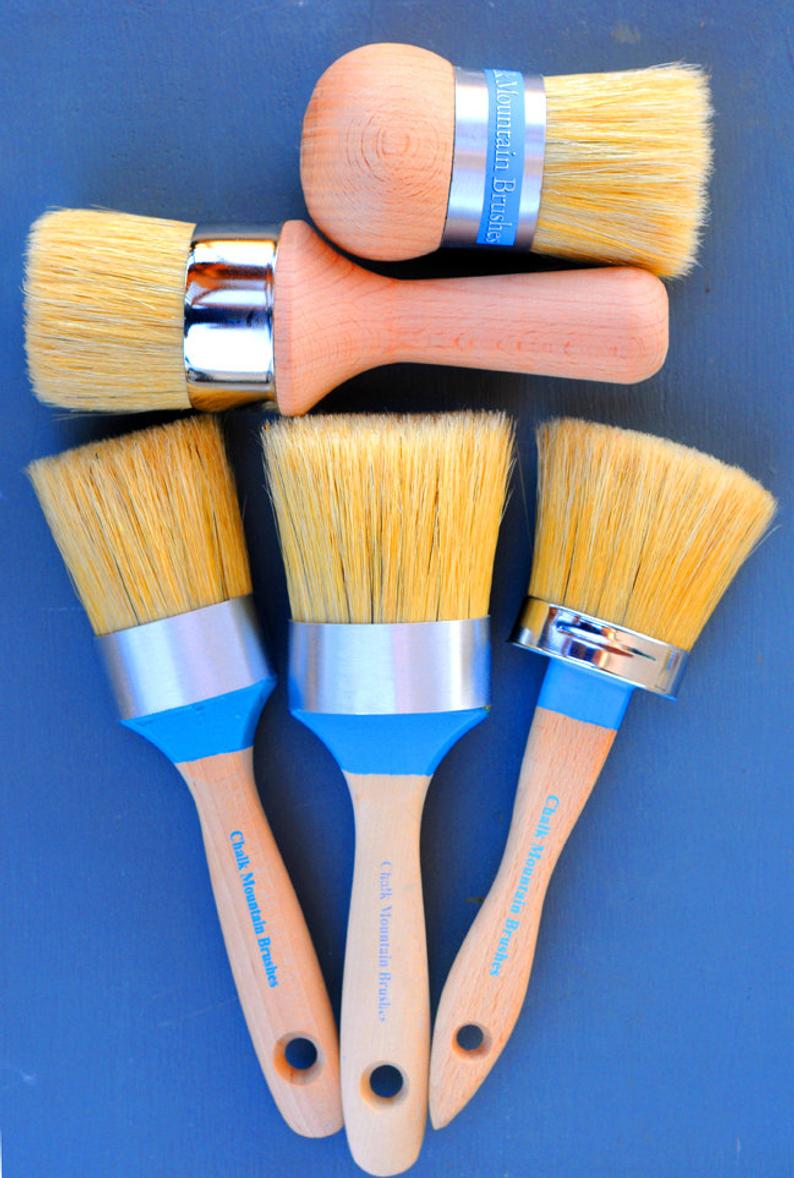Furniture Finishing Waxes
The Origin of Natural Furniture Wax
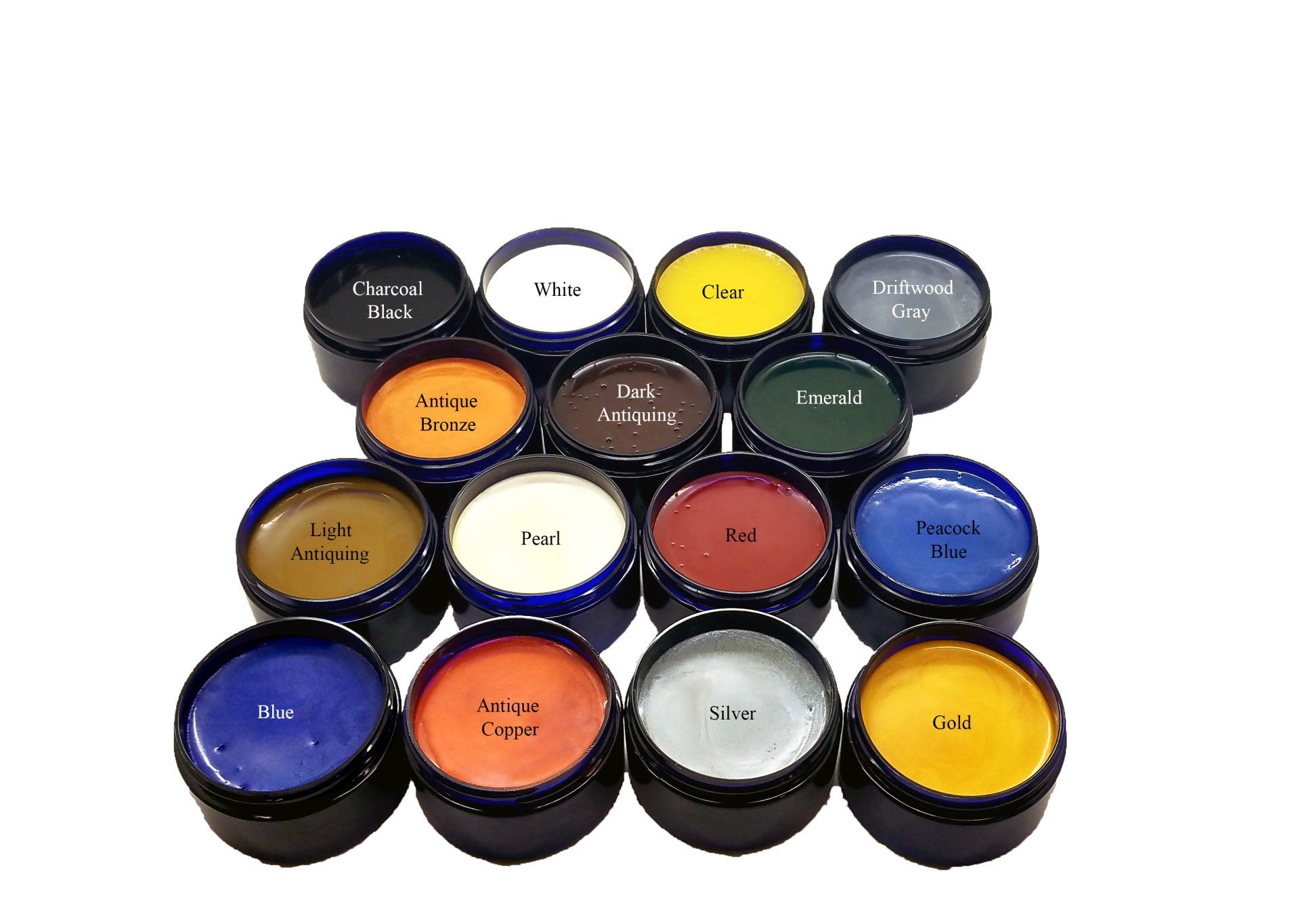
Furniture wax has been used for centuries to protect and enhance the beauty of wooden furniture. The earliest evidence of furniture wax dates to ancient Egypt, where it was used to polish and protect wooden coffins. The Egyptians also used furniture wax to protect their furniture from the harsh desert climate.
In ancient Greece and Rome, furniture wax was made from a variety of natural ingredients, including beeswax, carnauba wax, and pine resin. These waxes were used to polish furniture and protect it from the elements. They also helped to keep furniture looking new for longer.
During the Middle Ages, furniture wax became increasingly popular throughout Europe. It was used to protect furniture from the damp and cold climate. Furniture wax was also used to give furniture a shiny finish.
In the 17th century, furniture wax became even more popular to protect and enhance the beauty of wooden furniture. This was due in part to the development of new furniture styles, such as the Baroque and Rococo styles. These styles featured elaborately carved and gilded furniture that needed to be protected from the elements.
In the 18th century, furniture wax became even more sophisticated. New ingredients were added to furniture wax, such as shellac and turpentine. These ingredients helped to make furniture wax more durable and water-resistant.
In the 19th century, furniture wax became widely available in commercial form. This was due in part to the Industrial Revolution, which led to the development of new manufacturing techniques. As a result, furniture wax became more affordable and accessible to a wider range of people.
Today, furniture wax is still used to protect and enhance the beauty of wooden furniture. There are a variety of natural furniture waxes available on the market, each with its own unique properties. Some furniture waxes are designed to provide a high level of protection, while others are designed to give furniture a shiny finish.
No matter what type of furniture wax you choose, it is important to apply it correctly. Furniture wax should be applied in a thin, even layer. It is also important to buff the furniture wax after it has been applied. This will help to create a smooth, even finish. With proper care, furniture wax can help to keep your wooden furniture looking new for years to come.
The Different Types of Natural Furniture Wax
There are a variety of natural furniture waxes available on the market. Some of the most common types of natural furniture wax include:
- Beeswax: Beeswax is a natural wax that is produced by honeybees. It is a hard wax that is known for its durability and water-resistance. Beeswax furniture wax is often used to protect furniture from the elements.
- Carnauba wax: Carnauba wax is a hard wax that is produced from the leaves of the carnauba palm tree. It is the hardest natural wax in the world and is known for its high shine. Carnauba wax furniture wax is often used to give furniture a high-gloss finish.
How to Apply Natural Furniture Wax
To apply natural furniture wax, you will need the following supplies:
- Natural furniture wax
- A soft cloth
- A clean, dry surface
Instructions:
- Clean the furniture surface with a soft cloth and a mild soap solution.
- Allow the furniture surface to dry completely.
- Apply a thin, even layer of furniture wax to the furniture surface.
- Use a soft cloth to buff the furniture wax until it is smooth and even.
- Allow the furniture wax to dry completely.
How to Care for Natural Furniture Waxed Furniture
Natural furniture waxed furniture requires little maintenance. However, there are a few things you can do to help keep your furniture looking its best:
- Dust your furniture regularly with a soft cloth.
- Wipe down your furniture with a damp cloth every few months.
- Reapply furniture wax every year or two.
By following these simple tips, you can help keep your natural furniture waxed furniture looking beautiful for years to come. Natural furniture wax is a great way to protect and enhance the beauty of wooden furniture. It is a natural product that is safe for use around children and pets. Natural furniture wax is also easy to apply and maintain.
